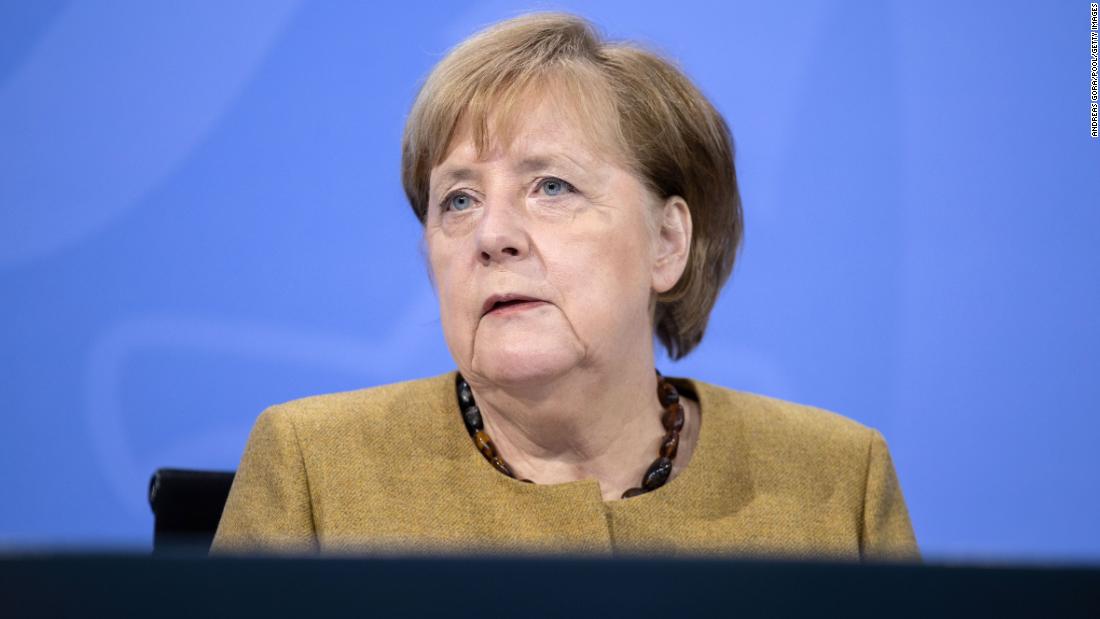Almost all of the main sectors, with the exception of construction, fell last year.
Household spending has plummeted and business investment has shrunk the most since the financial crisis. Exports and imports of goods and services decreased for the first time since 2009, shrinking 9.9% and 8.6%, respectively.
But the more shallow-than-expected drop in GDP demonstrates the value of Germany’s industrial backbone, making it less dependent on services and consumption than countries like the United States, the United Kingdom, France, Italy and Spain.
“Apparently, the strength in the export-oriented manufacturing sector outweighed the effects of the blockade,” wrote Commerzbank chief economist Jörg Krämer in a note to customers on Thursday.
The German government has closed restaurants, bars and clubs for the second time since the beginning of November in an attempt to stem the rise in coronavirus cases. Shops, services and non-essential schools were closed in mid-December and remain closed.
“Germany’s superior performance reflects its comparatively light block during the first wave of Covid-19, low participation of tourism and hospitality in the economy, strong export sector and generous fiscal support,” added Capital Economics Chief Economist Andrew Kenningham .
The short-term outlook for Germany’s economy is less bright, however.
Blocking restrictions remain in place and German Chancellor Angela Merkel warned this week that they may not be relaxed for several weeks.
“While it currently appears that the German economy avoided a black eye in the last quarter of 2020, it is difficult to see how it can perform the same magic again in the first quarter,” Carsten Brzeski, ING’s global head of macroeconomic research, wrote in a note.
“Economic activity is expected to decline again in the first quarter,” added Kenningham. “While manufacturers are expected to continue to benefit from strong external demand, the space for growth to recover will decrease as production approaches pre-pandemic levels.”
The blockages also boosted domestic savings, which could further stimulate the economy if households spend part of the extra money, said Krämer of Commerzbank.
This should allow German GDP to return to its pre-pandemic level in the last quarter of 2021, six to nine months before the European economy in general, added Kenningham.
